Measurement of Dielectric Liquid Electrification in the Shuttle System with Two Parallel Electrodes
Abstract
:1. Introduction
- -
- the probability density distribution of the current to velocity ratio was calculated.
- -
- power spectral density of the electrification signal is presented for the first time. It is evaluated in the system with a configuration similar to the Stokes boundary layer.
- -
- the coherence between electrification current and velocity was calculated.
- -
- polynomial dependence between electrification and velocity is shown.
2. Materials and Methods
2.1. Principles of Streaming Electrification Generation
2.2. Experimental Arrangement
3. Results and Discussion
3.1. Electrification Current Signals
3.2. Frequency Analysis of Velocity and Electrification Signals
- -
- PI,V is the cross power spectral density between current and velocity;
- -
- PV,V is the auto power spectral density of input (velocity);
- -
- PI,I is the auto power spectral density of output (electrification current);
- -
- f is frequency.
3.3. Time–Frequency Analysis
3.4. Correlation between Velocity and Electrification Current
4. Conclusions
- -
- the device does not require the centrifugation of liquids as in classical systems of a spinning disk or Couette facility;
- -
- the device does not require overflow of dielectric liquid as in an overflow system;
- -
- the electrometric device does not have to be in motion and can be stationary, which makes it much more accurate compared to a system with a rotating electrometer, and measurements can be taken over a long time, not limited by liquid overflow;
- -
- the electrification current is already present at very low electrode swinging frequencies.
- -
- the electrification current changes in the range up to 1200 pA in the present study, while the electrode velocity changes up to 150 mm/s;
- -
- the probability density of the current to velocity ratio indicates that the linear charge density is in the range of 4 to 6 C/m;
- -
- frequency spectra of measured signals show the linear peaks at the harmonics linearly connected with the frequency of electrode oscillation;
- -
- there is a strong coherence between the absolute value of the velocity and electrification current signal. The highest coherence above 0.9 is directly correlated with the shuttle frequency, e.g., for a shuttle frequency of 2 Hz, the bigger coherence is for frequencies of 4, 8, 12, 16, etc.;
- -
- time–frequency analysis carried out using short-time Fourier transform with a von Hann window shows evidence of slight frequency structure changes in the range of 8–10 Hz;
- -
- there is a strong parabolic dependence between the electrification current signal and intermittent velocity of the swinging electrode. The determination coefficient ranges from 0.92 for 0.4 Hz to 0.95 for 2 Hz.
Author Contributions
Funding
Institutional Review Board Statement
Informed Consent Statement
Data Availability Statement
Conflicts of Interest
References
- Hedlund, F.H. Carbon dioxide not suitable for extinguishment of smouldering silo fires: Static electricity may cause silo explosion. Biomass Bioenergy 2018, 108, 113–119. [Google Scholar] [CrossRef] [Green Version]
- Glor, M. Ignition hazard due to static electricity in particulate processes. Powder Technol. 2003, 135–136, 223–233. [Google Scholar] [CrossRef]
- Ferreira, L.O.; Burgo, T.A. Suppressing and controlling electrostatic charge in micropipetting. J. Electrost. 2020, 106, 103453. [Google Scholar] [CrossRef]
- Egan, S. Learning lessons from five electrostatic incidents. J. Electrost. 2017, 88, 183–189. [Google Scholar] [CrossRef]
- Liu, D.; Li, Z.; Yan, M.; Wang, S.; Liu, X. Investigation of electrification and breakdown strength about transformer oil/pressboard. IET Electr. Power Appl. 2017, 11, 386–392. [Google Scholar] [CrossRef]
- Chen, Q.; Lin, L.; Gao, Y.; Li, J. Flow electrification characteristics of oil-pressboard insulation under ac superimposed on DC electric field. IEEE Trans. Dielectr. Electr. Insul. 2015, 22, 2915–2922. [Google Scholar] [CrossRef]
- Zmarzly, D. Streaming electrification current model in a round pipe in turbulent regime. IEEE Trans. Dielectr. Electr. Insul. 2013, 20, 1497–1509. [Google Scholar] [CrossRef]
- Wu, J.; Wang, X.-L.; Li, H.; Wang, F.; Hu, Y. First-principles investigations on the contact electrification mechanism between metal and amorphous polymers for triboelectric nanogenerators. Nano Energy 2019, 63, 103864. [Google Scholar] [CrossRef]
- Talhi, M.; Fofana, I.; Flazi, S. Impact of various stresses on the streaming electrification of transformer oil. J. Electrost. 2016, 79, 25–32. [Google Scholar] [CrossRef]
- Huang, M.; Zhou, Y.; Dai, C.; Chen, W.; Lu, L.; Sha, Y. Charge transport in thermally and electrically stressed oil-impregnated paper insulation. IEEE Trans. Dielectr. Electr. Insul. 2016, 23, 266–274. [Google Scholar] [CrossRef]
- Zhou, Y.X.; Jin, F.B.; Huang, M.; Huang, J.W.; Liu, Z.H.; Lu, L.C. Effects of DC prestressing on partial discharge in oil-impregnated pressboard insulation. IEEE Trans. Dielectr. Electr. Insul. 2016, 23, 460–468. [Google Scholar] [CrossRef]
- Wei, Y.-H.; Mu, H.-B.; Deng, J.-B.; Guan-Jun, Z. Effect of space charge on breakdown characteristics of aged oil-paper insulation under DC voltage. IEEE Trans. Dielectr. Electr. Insul. 2016, 23, 3143–3150. [Google Scholar] [CrossRef]
- Liu, D.; Li, Z.; Wang, S.; Liu, F. Effects of multiple parameters on static electrification and breakdown strength of transformer oil. IET Sci. Meas. Technol. 2016, 10, 597–601. [Google Scholar] [CrossRef]
- Li, J.; Kong, M.; Xu, C.; Wang, S.; Wang, S. Influence of particle electrification on AC-based capacitance measurement and its elimination. Meas. J. Int. Meas. Confed. 2015, 76, 93–103. [Google Scholar] [CrossRef]
- Du, B.X.; Zhang, J.G. Charge coupling behavior of double-layer oil-paper insulation under dc and pulse voltages. IEEE Trans. Dielectr. Electr. Insul. 2016, 23, 1–9. [Google Scholar] [CrossRef]
- Duzkaya, H.; Beroual, A. Statistical Analysis of AC Dielectric Strength of Natural Ester-Based ZnO Nanofluids. Energies 2020, 14, 99. [Google Scholar] [CrossRef]
- Arica, T.A.; Topcu, G.; Pala, A.; Demir, M.M. Experimental apparatus for simultaneous measurement of triboelectricity and triboluminescence. Meas. J. Int. Meas. Confed. 2020, 152, 107316. [Google Scholar] [CrossRef]
- Addabbo, T.; Fort, A.; Garbin, R.; Mugnaini, M.; Rocchi, S.; Vignoli, V. Theoretical characterization of a gas path debris detection monitoring system based on electrostatic sensors and charge amplifiers. Meas. J. Int. Meas. Confed. 2015, 64, 138–146. [Google Scholar] [CrossRef]
- Soleymanzadeh, D.; Ghafarirad, H.; Zareinejad, M. Charge-based robust position estimation for low impedance piezoelectric actuators. Meas. J. Int. Meas. Confed. 2019, 147, 106839. [Google Scholar] [CrossRef]
- Jaroszewski, M.; Beroual, A.; Dziedziul, M. Electro-convection in natural ester based transformer fluid. IEEE Trans. Dielectr. Electr. Insul. 2018, 25, 2398–2404. [Google Scholar] [CrossRef]
- Qian, X.; Huang, X.; Hu, Y. Measurement of the Mass Flow Distribution of Pulverized Coal in Primary Air Pipes Using Electrostatic Sensing Techniques. IEEE Trans. Instrum. Meas. 2016, 1–9. [Google Scholar] [CrossRef]
- Coombes, J.R.; Yan, Y. Experimental investigations into the flow characteristics of pneumatically conveyed biomass particles using an electrostatic sensor array. Fuel 2015, 151, 11–20. [Google Scholar] [CrossRef]
- Wang, S.; Xu, C.; Li, J.; Ding, Z.; Wang, S. An instrumentation system for multi-parameter measurements of gas-solid two-phase flow based on Capacitance-Electrostatic sensor. Meas. J. Int. Meas. Confed. 2016, 94, 812–827. [Google Scholar] [CrossRef]
- Ceresiat, L.; Grosshans, H.; Papalexandris, M.V. Powder electrification during pneumatic transport: The role of the particle properties and flow rates. J. Loss Prev. Process. Ind. 2019, 58, 60–69. [Google Scholar] [CrossRef]
- Leblanc, P.; Cabaleiro, J.; Paillat, T.; Touchard, G. Impact of the laminar flow on the electrical double layer development. J. Electrost. 2017, 88, 76–80. [Google Scholar] [CrossRef]
- Zmarzly, D.; Fracz, P. Streaming electrification in the swinging plate system. IEEE Trans. Dielectr. Electr. Insul. 2017, 24, 3217–3225. [Google Scholar] [CrossRef]
- Zmarzly, D.; Fracz, P. Nonlinear modeling of streaming electrification measured in swinging cylinder system. IEEE Trans. Dielectr. Electr. Insul. 2016, 23, 174–182. [Google Scholar] [CrossRef]
- Tanaka, T.; Yamada, N.; Yasojima, Y. Characteristics of streaming electrification in pressboard pipe and the influence of an external electric field. J. Electrost. 1985, 17, 215–234. [Google Scholar] [CrossRef]
- Zhao, X.; Peng, Y.; Zhou, Y.; Guo, Z. The studies on the static electrification distribution regularities owing to oil product flow in oil duct-A review. Chem. Eng. Trans. 2017, 59, 1027–1032. [Google Scholar] [CrossRef]
- Zdanowski, M. Streaming Electrification of Nycodiel 1255 Synthetic Ester and Trafo EN Mineral Oil Mixtures by Using Rotating Disc Method. Energies 2020, 13, 6159. [Google Scholar] [CrossRef]
- Zdanowski, M. Streaming Electrification Phenomenon of Electrical Insulating Oils for Power Transformers. Energies 2020, 13, 3225. [Google Scholar] [CrossRef]
- Zdanowski, M. Electrostatic Charging Tendency Analysis Concerning Retrofilling Power Transformers with Envirotemp FR3 Natural Ester. Energies 2020, 13, 4420. [Google Scholar] [CrossRef]
- Kitabayashi, H.; Tsuji, K.; Itoh, K. A streaming electrification model based on differences of work function between solid materials and insulating oil. J. Electrost. 2005, 63, 735–741. [Google Scholar] [CrossRef]
- Metwally, I.A.; Leblanc, P.; Paillat, T. Behaviour of electrical double layer under oil flow and voltage application inside a capacitive sensor. IET Sci. Meas. Technol. 2015, 9, 335–343. [Google Scholar] [CrossRef]
- Du, B.X.; Jiang, J.P.; Zhang, J.G.; Liu, D.S. Dynamic behavior of surface charge on double-layer oil-paper insulation under pulse voltage. IEEE Trans. Dielectr. Electr. Insul. 2016, 23, 2712–2719. [Google Scholar] [CrossRef]
- Fernández-Ros, M.; Gázquez Parra, J.A.; García Salvador, R.M.; Castellano, N.N. Optimization of the periodogram average for the estimation of the power spectral density (PSD) of weak signals in the ELF band. Meas. J. Int. Meas. Confed. 2016, 78, 207–218. [Google Scholar] [CrossRef]
- Haq, M.; Bhalla, S.; Naqvi, T. Fatigue damage monitoring of reinforced concrete frames using wavelet transform energy of PZT-based admittance signals. Meas. J. Int. Meas. Confed. 2020, 164, 108033. [Google Scholar] [CrossRef]
- Jokinen, H.; Ollila, J.; Aumala, O. On windowing effects in estimating averaged periodograms of noisy signals. Meas. J. Int. Meas. Confed. 2000, 28, 197–207. [Google Scholar] [CrossRef]
- Yan, W.-J.; Feng, Z.; Ren, W.-X. New insights into coherence analysis with a view towards extracting structural natural frequencies under operational conditions. Meas. J. Int. Meas. Confed. 2016, 77, 187–202. [Google Scholar] [CrossRef]
- Thomazella, R.; Lopes, W.N.; Aguiar, P.R.; Alexandre, F.A.; Fiocchi, A.A.; Bianchi, E.C. Digital signal processing for self-vibration monitoring in grinding: A new approach based on the time-frequency analysis of vibration signals. Meas. J. Int. Meas. Confed. 2019, 145, 71–83. [Google Scholar] [CrossRef]
- Cao, H.; Wang, X.; He, D.; Chen, X. An improvement of time-reassigned synchrosqueezing transform algorithm and its application in mechanical fault diagnosis. Meas. J. Int. Meas. Confed. 2020, 155, 107538. [Google Scholar] [CrossRef]
- Sun, G.; Hasanipanah, M.; Amnieh, H.B.; Foong, L.K. Feasibility of indirect measurement of bearing capacity of driven piles based on a computational intelligence technique. Meas. J. Int. Meas. Confed. 2020, 156, 107577. [Google Scholar] [CrossRef]
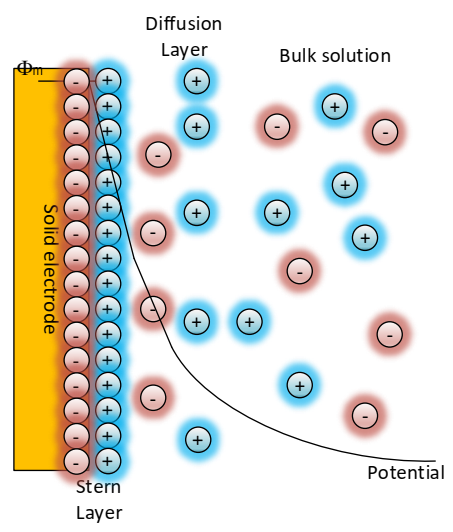
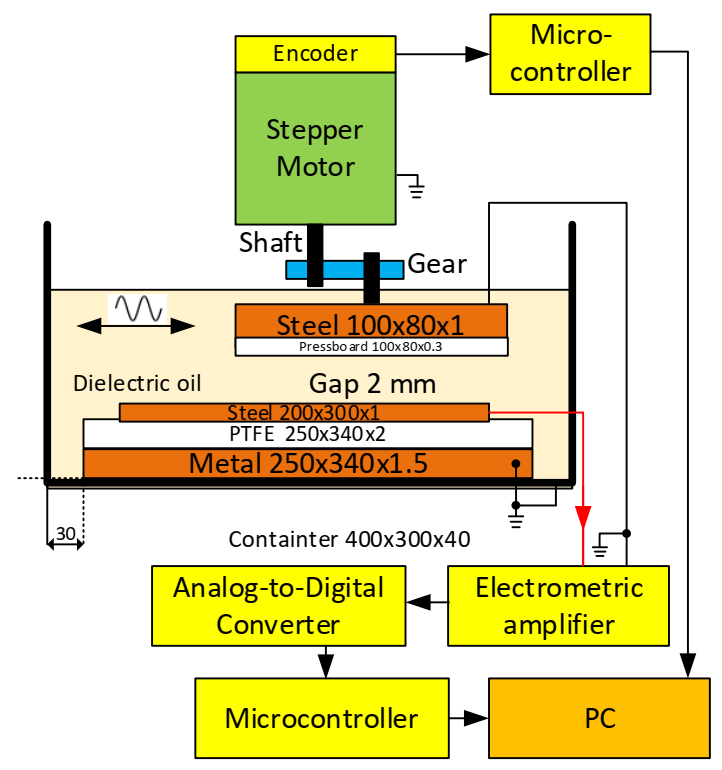
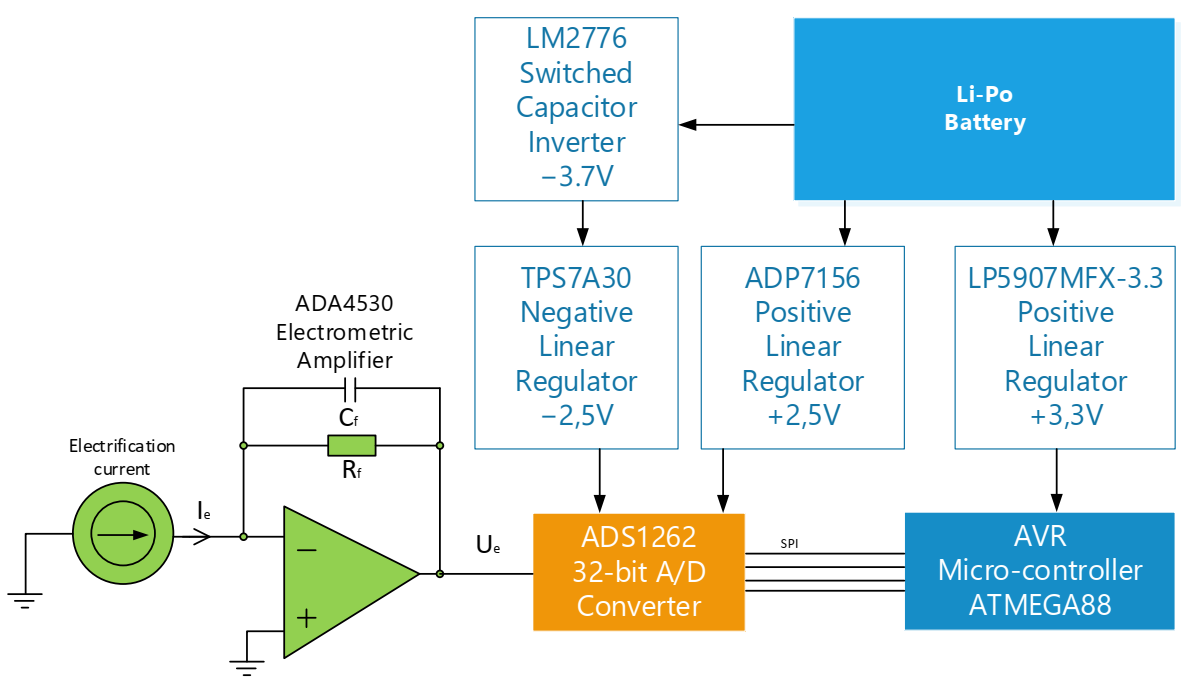
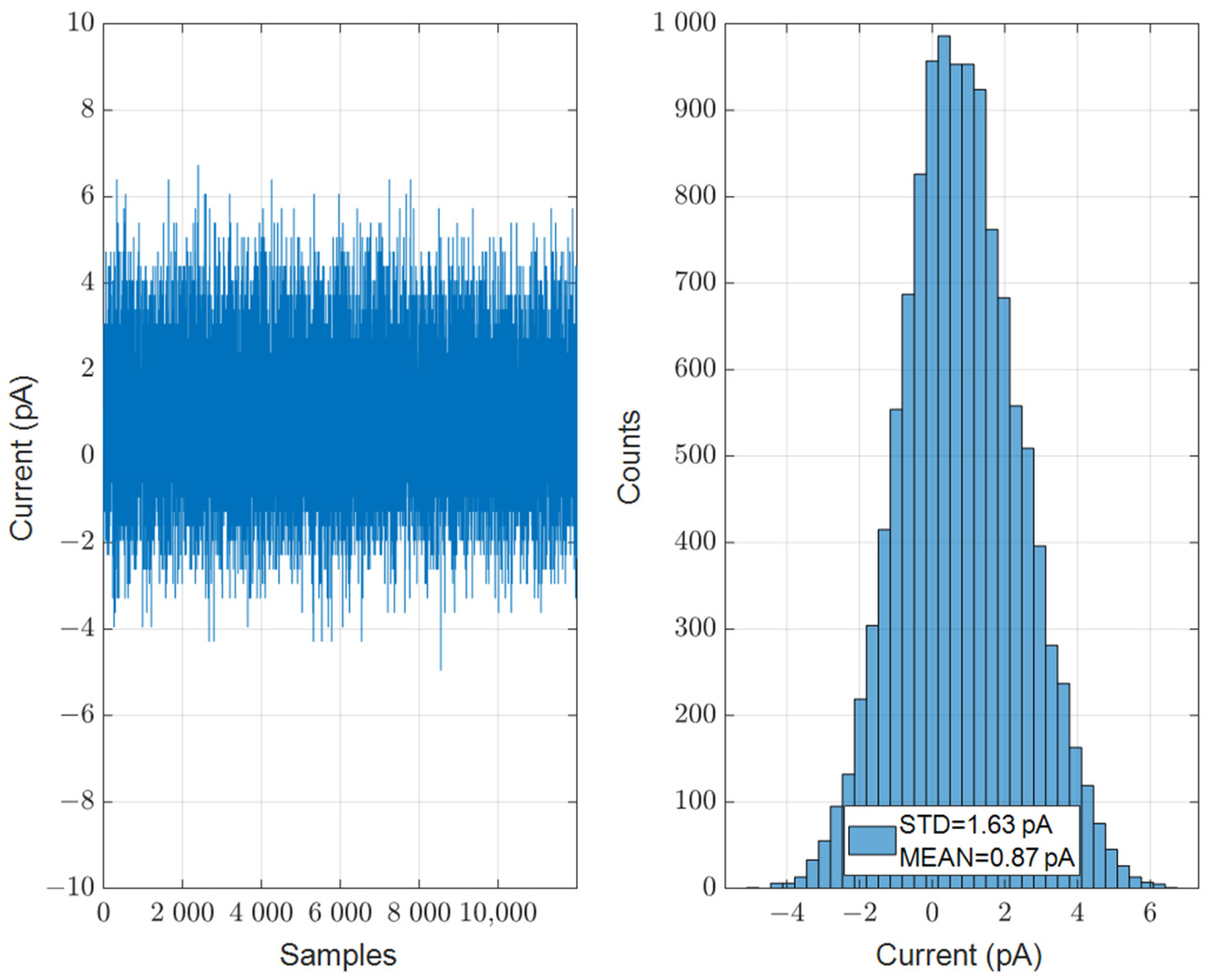






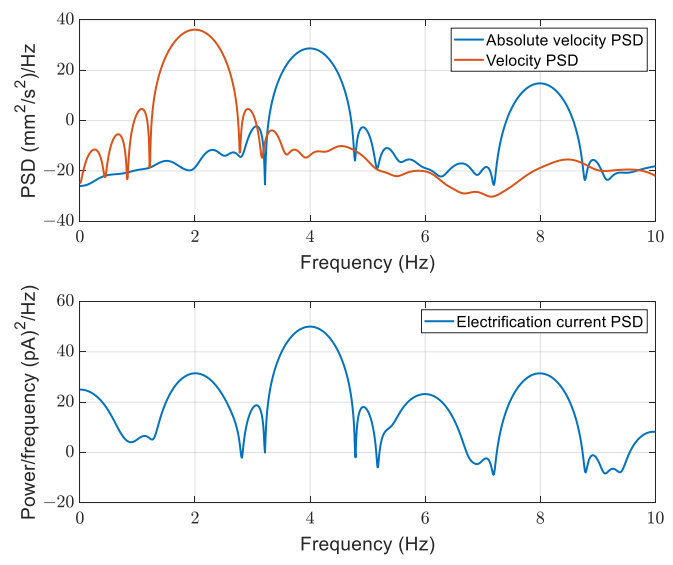

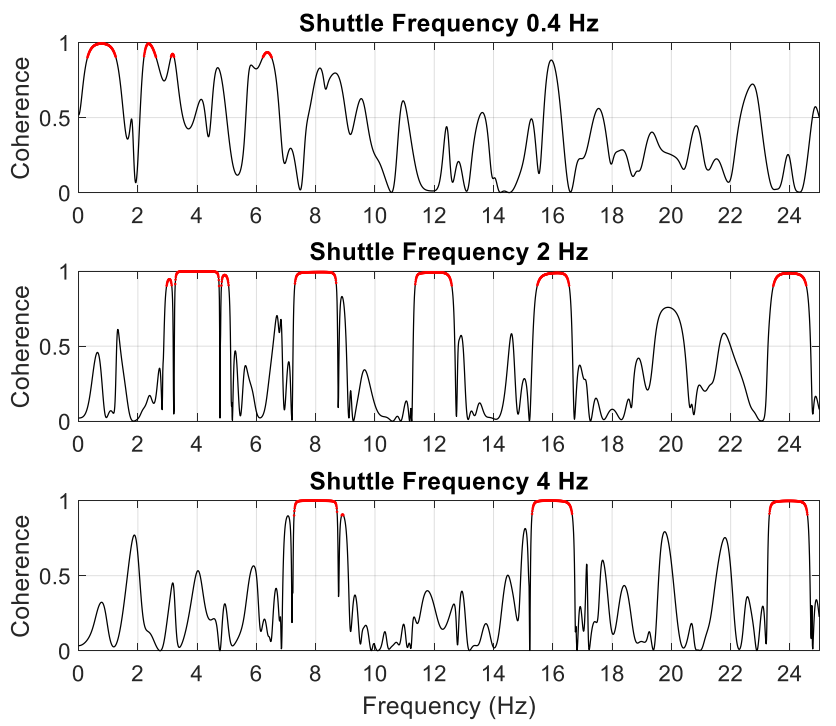
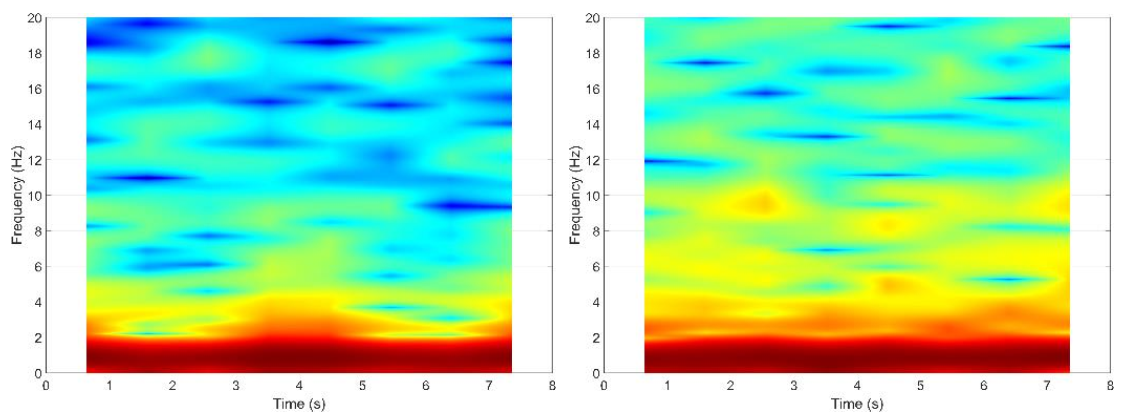
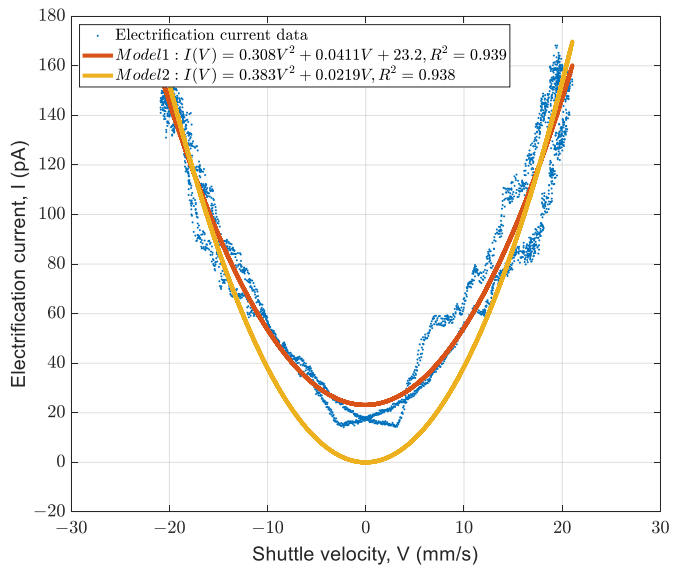
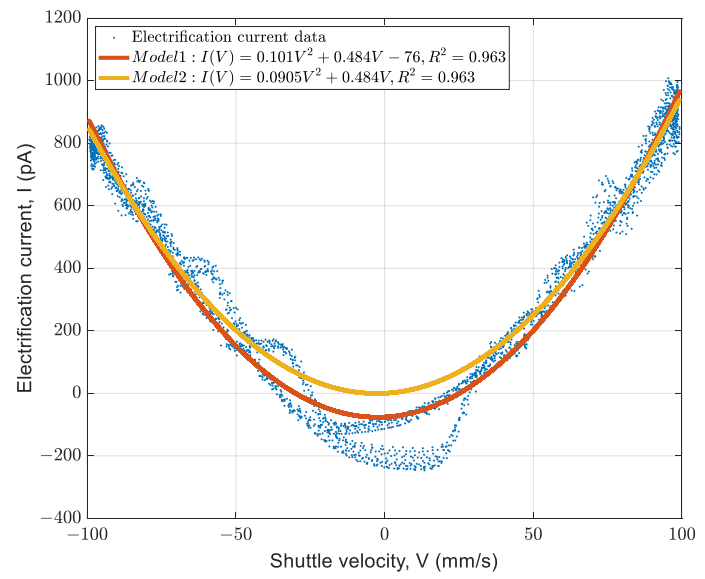

Publisher’s Note: MDPI stays neutral with regard to jurisdictional claims in published maps and institutional affiliations. |
© 2021 by the authors. Licensee MDPI, Basel, Switzerland. This article is an open access article distributed under the terms and conditions of the Creative Commons Attribution (CC BY) license (http://creativecommons.org/licenses/by/4.0/).
Share and Cite
Zmarzły, D.; Frącz, P. Measurement of Dielectric Liquid Electrification in the Shuttle System with Two Parallel Electrodes. Energies 2021, 14, 970. https://doi.org/10.3390/en14040970
Zmarzły D, Frącz P. Measurement of Dielectric Liquid Electrification in the Shuttle System with Two Parallel Electrodes. Energies. 2021; 14(4):970. https://doi.org/10.3390/en14040970
Chicago/Turabian StyleZmarzły, Dariusz, and Paweł Frącz. 2021. "Measurement of Dielectric Liquid Electrification in the Shuttle System with Two Parallel Electrodes" Energies 14, no. 4: 970. https://doi.org/10.3390/en14040970





